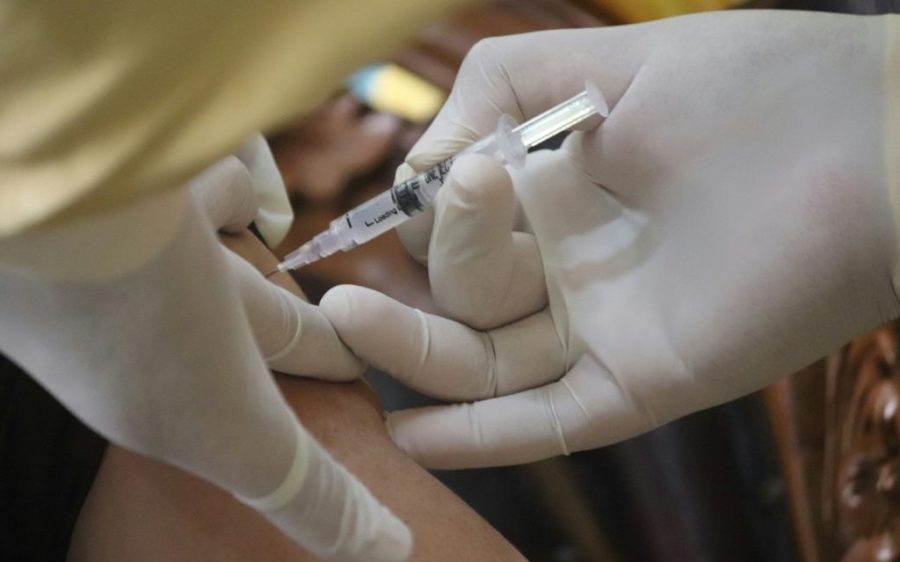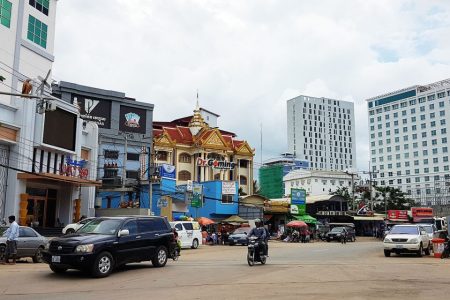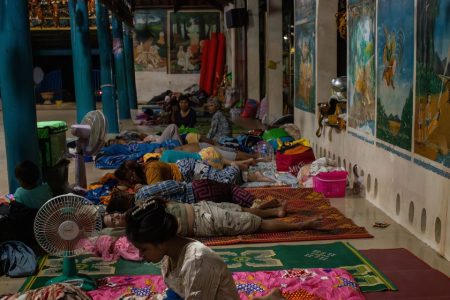More than half of the world’s unvaccinated children live in countries bedevilled by conflict or humanitarian crises, the Guardian reports – citing data from the UN children’s agency, Unicef, and the World Health Organization (WTO).
About 14.5 million children have not received a single immunisation dose, and a further 6.5 million are considered to be “under-vaccinated” – meaning they didn’t receive all recommended doses for vaccine-preventable diseases such as measles, rubella and polio. Some preventable diseases can be fatal if contracted.
The numbers are larger than in 2019, before the Covid-19 pandemic disrupted vaccination regimes – and have also climbed since 2022. The WHO’s immunisation and vaccines director Dr Katherine O’Brien said that “this puts the lives of the most vulnerable children at risk.” She warned that misinformation around vaccines that circulated during the pandemic was “continuing to reverberate in many countries, and is actually resulting in deaths”.
[See more: One in four young children live in severe ‘food poverty’ says UNICEF]
Many so-called zero-dose children live in countries where fragile geopolitical situations have led to substandard security, healthcare and nutrition, increasing their risk of dying from vaccine-preventable diseases, O’Brien said.
These include the Democratic Republic of Congo, Yemen, Afghanistan and Sudan. Douglas Hageman, Unicef’s Sudan representative, said that the country’s health system had collapsed during its civil war – which began last year – leading to outbreaks of disease.
“National vaccination coverage has plummeted from 85 percent before the war to around 50 percent currently, with rates averaging 30 percent in active conflict areas and as low as eight percent in South Darfur,” he said.






